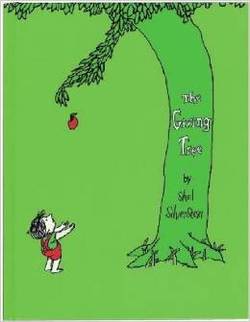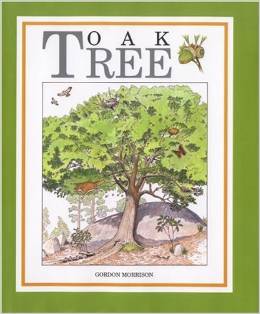
One of the best-selling books for children is titled THE GIVING TREE, a tale about the relationship between a tree and a little boy and the changing relationship between the tree and the boy as the child grows up. A controversy grew up about the theme of the book because the tree sacrifices everything for the boy, and the boy apparently gives the tree nothing in return. In the real world, however, trees were venerated by mankind. The oak in particular has been revered throughout history and prehistory as perhaps the most sacred of all trees by many cultures. It was associated with the most powerful of the Greek gods, Zeus, wielder of the thunderbolt, who allegedly spoke prophecies interpreted by priestesses from the rustling of oak leaves. Likewise, the oak was linked with the great Norse god Thor, who hurled Mjolnir, a magical oak hammer, across the sky to create thunder and lightning. In Celtic lore the oak represents the seventh month of the Celtic tree calendar stretching from June 10 to July 7, as a symbol of power, endurance, and strength at the summer solstice. The Celtic name for the oak is Duir, meaning door. The oak represents the door of opportunity. It's branches can grow up to 110 feet in height, and its trunk can reach a girth of as much as 70 feet. The "Major Oak," an ancient tree still standing in England's Sherwood Forest, was said to be the actual meeting place of Robin Hood and his merry men. The mythical round table of King Arthur fame was likewise rumored to have been made from the bole of a huge oak tree. Unfortunately, men no longer venerate trees as they once did. Trees are cut down for timber all over the world, and, in many parts of the Earth, they are not replaced with seedlings to replenish the health of our forests. If saving trees interests you, I suggest you contact organizations such as the National Wildlife Federation to join in their project called Savng the Forest for the Trees.

 RSS Feed
RSS Feed